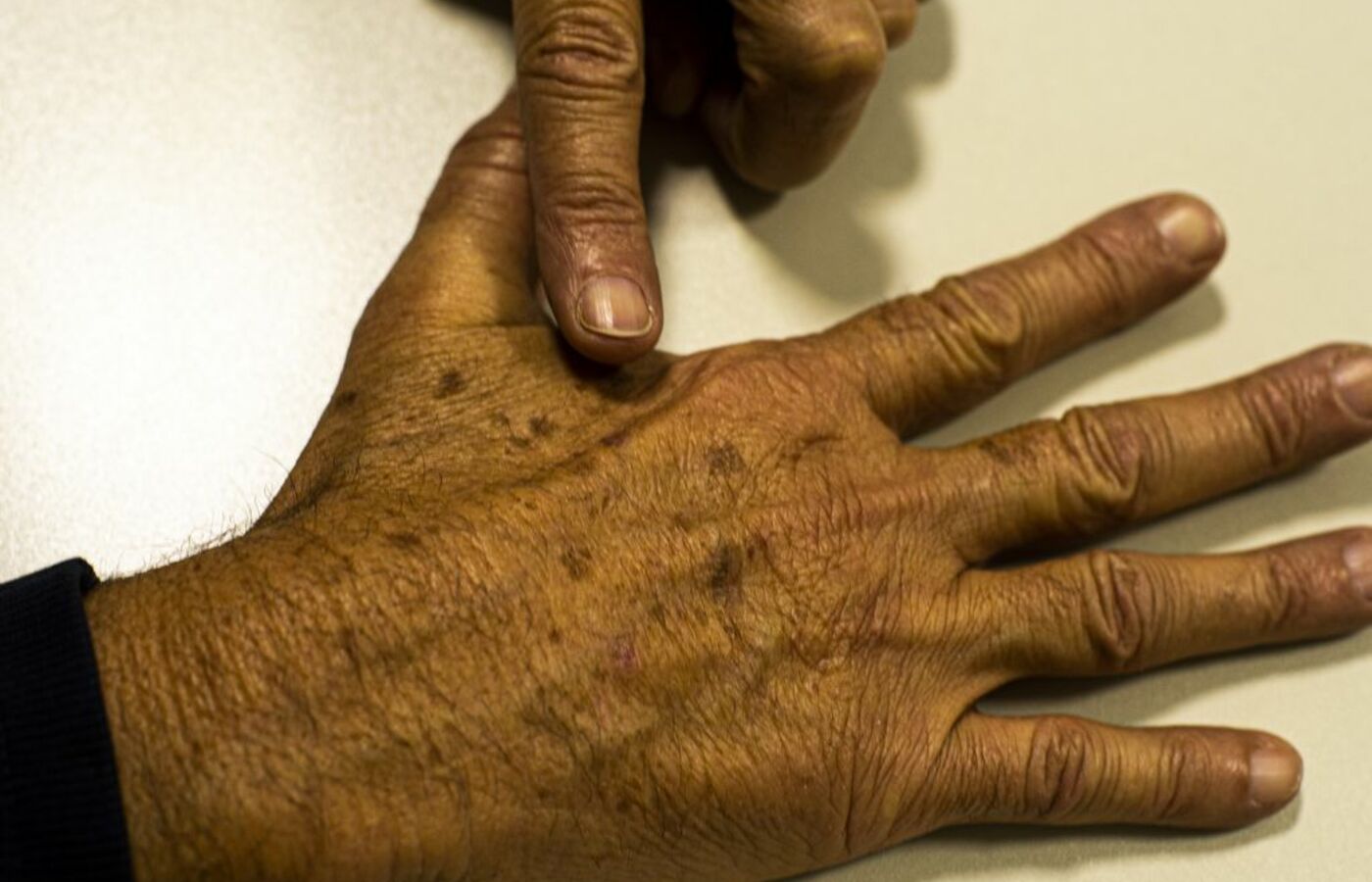With the onset of summer, skin care needs to be intensified. Sun exposure can be harmful to skin health if done excessively and without proper care. According to data from the National Cancer Institute (INCA), skin cancer accounts for 33% of all diagnoses of the disease in Brazil. Every year, about 185,000 new cases are recorded across the country.
Due to the high number of diagnoses, the December Orange campaign was created with the aim of raising awareness about the risks of skin cancer and highlighting the importance of prevention.
This type of cancer is characterized by any type of ‘malignant growth’ that arises from the skin. Oncologist Lucila Soares explains that the main types of skin cancer that we are aware of are squamous cell carcinoma, basal cell carcinoma and melanoma.
Within this group of skin cancers, the most common diagnosis is non-melanoma, that is, squamous cell and basal cell neoplasms. According to dermatologist Lucila Soares, “these are low-fatal tumors, but they can lead to local complications” and deserve early diagnosis and treatment. On the other hand, melanoma is “a rare tumor, which must be diagnosed early because it is very aggressive and has a high fatality potential. This type of injury deserves a lot of attention, although it is less frequent, ”explains the dermatologist.
According to Guilherme Augusto Gadens, Consultant of the Dermatological Oncology Department of the Brazilian Society of Dermatology (SBD), in addition to sun exposure, there are other factors that may increase the risk of developing skin cancer. “People who have already had skin cancer or have family members with skin cancer, especially when that cancer is melanoma, a cancer that has a higher genetic burden. People with very fair skin, who burn easily in the sun, also deserve attention. Those people who are exposed to the sun for a long time outdoors many times or for a recreational activity or for work are also at greater risk.”
Dermatologist Lucila Soares points out that age can also be considered a risk factor, because UV rays in the skin are cumulative. The elderly tend to have an increased incidence of skin tumors, so beware of that elderly person with a skin lesion, especially in the face and arms, which are the places most exposed to the sun. Those lesions that grow, bleed, and don’t heal should always be considered for a dermatologist’s evaluation.”
According to dermatologist Guilherme Gadens, it’s essential to be aware of the signs. “When you notice, for example, a dark spot that deviates a lot from the pattern of the rest of a person’s moles, that should be an alert sign or a dark spot that changes color, shape, size, or even who has any symptoms, especially bleeding.”
Moreover, not only dark spots are a problem. “The appearance of a spontaneous wound without a history of trauma is a warning sign. Skin cancer can also appear as a red spot in particular, like a wound that won’t heal, so if you notice a wound, but weeks or even months pass and that lesion remains in place Without a doubt, this is a lesion that needs to be evaluated by a dermatologist,” the dermatologist explains.
Among the preventive measures are those that focus on reducing damage, UV rays, such as the use of sunscreen, not only on days of intense exposure, but also on a daily basis and in sufficient quantities, always remembering to reapply the product.
Condom use isn’t just for adults, it’s essential to start early, even in childhood. “Sunscreen needs to be at least SPF 30 and the elderly are more susceptible to sun damage, so the elderly, children and infants also benefit from using other barrier methods,” explains dermatologist Lucila Soares.
According to Lucila Soares, it is also important to remember that a protector alone does not solve all problems. In addition, sun exposure should be avoided at times of peak UV rays, so if you are going to be sunbathing before 10 am or after 4 pm, also use mechanical barriers against UV rays, such as dark sunglasses, a hat, and a hat. , clothing with UV protection, long-sleeved shirts, when exposed to the sun in a more relevant way, a dermatologist warns.
According to INCA forecasts, in the three-year period from 2023 to 2025, 9 thousand new cases of skin cancer of the melanoma type will be registered annually, which arise in melanocytes (cells that produce melanin, a substance that determines skin color), and more than 220,000 cases of non-melanoma skin cancers.

“Writer. Analyst. Avid travel maven. Devoted twitter guru. Unapologetic pop culture expert. General zombie enthusiast.”

